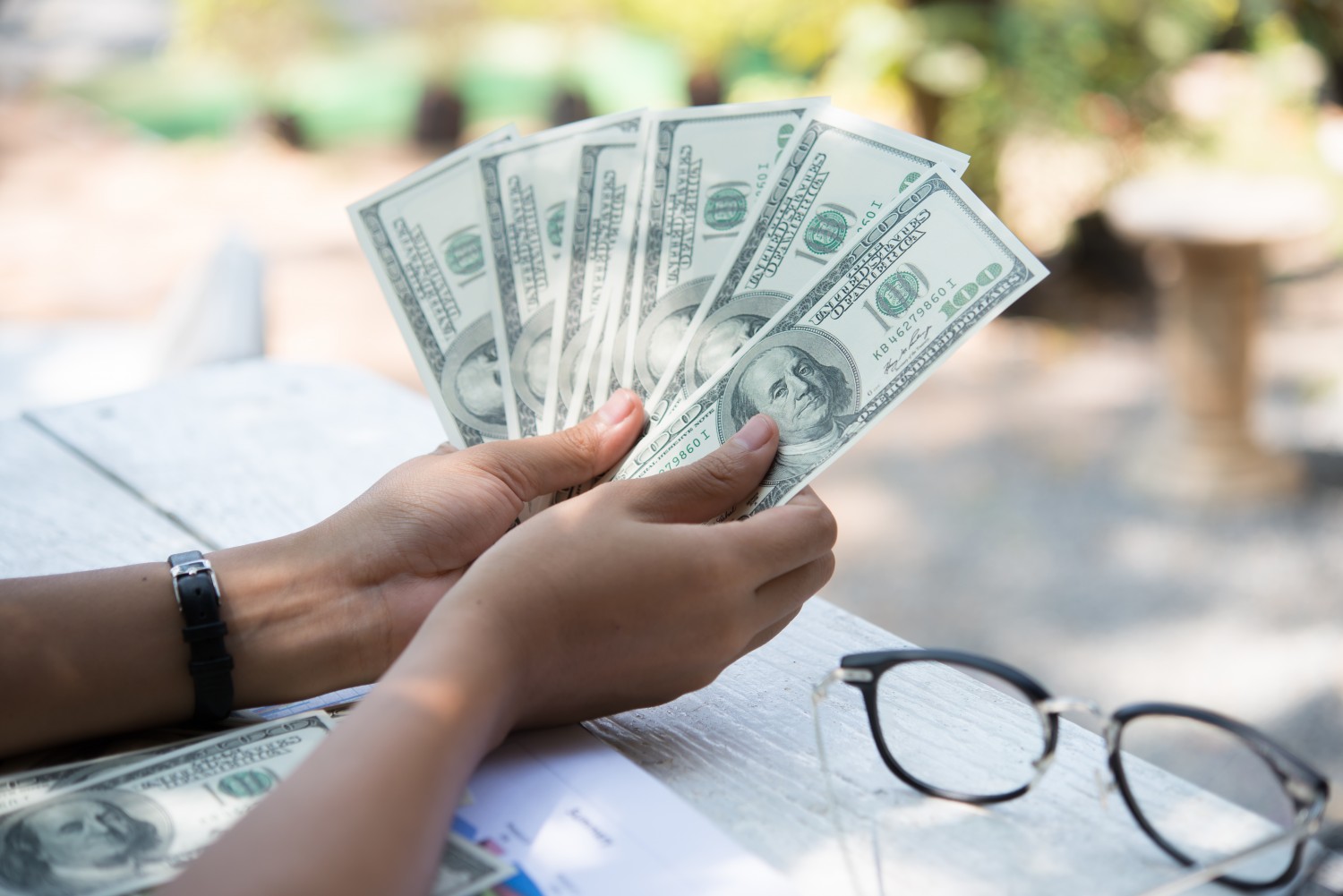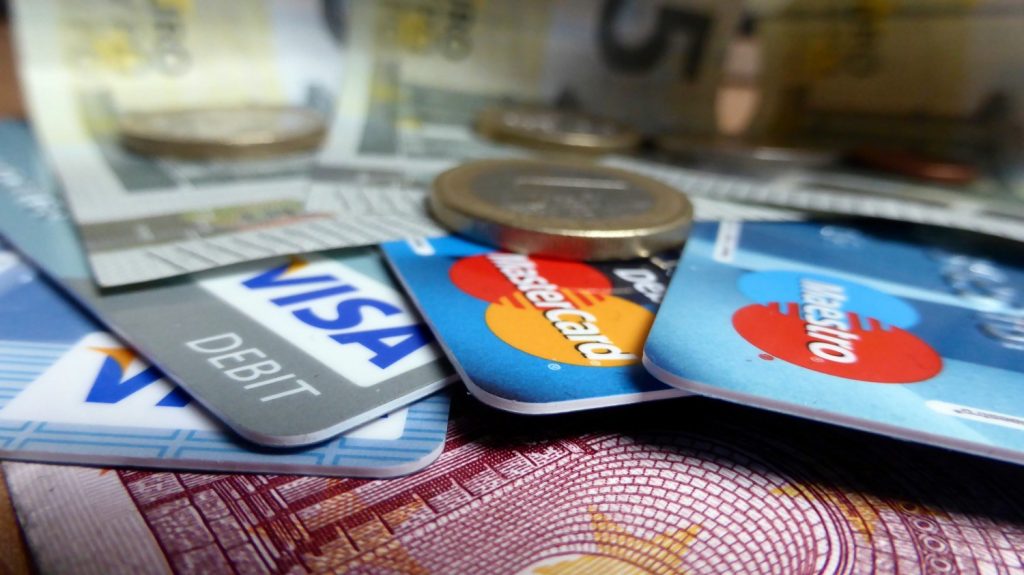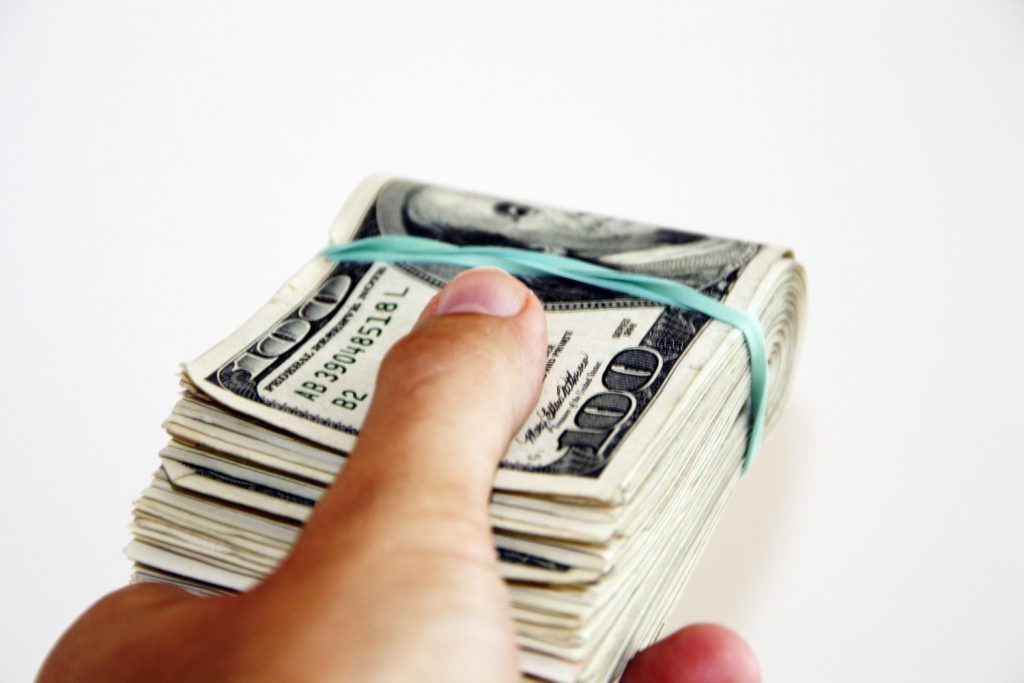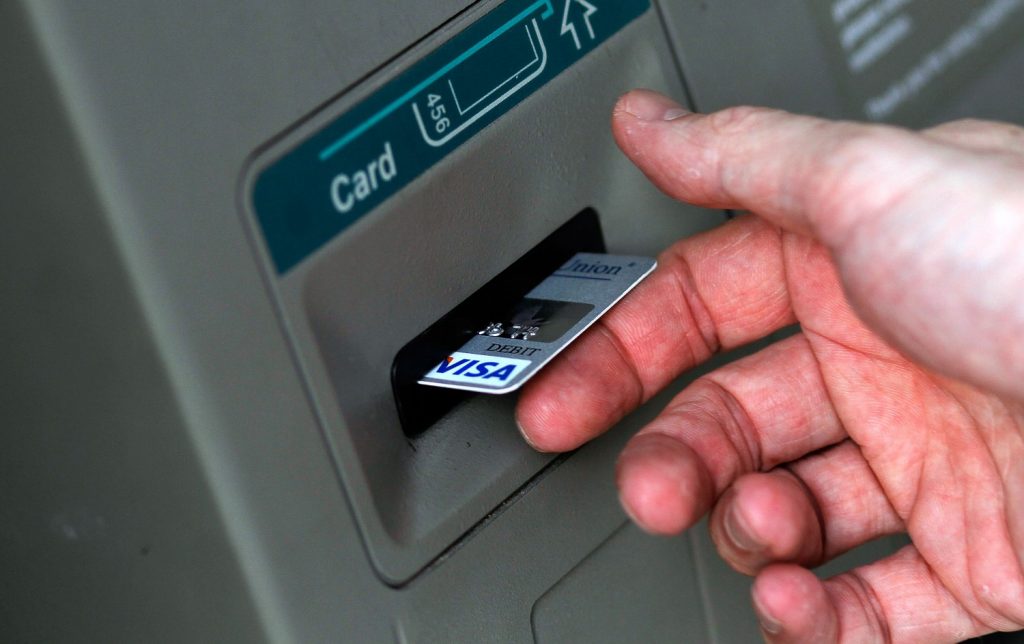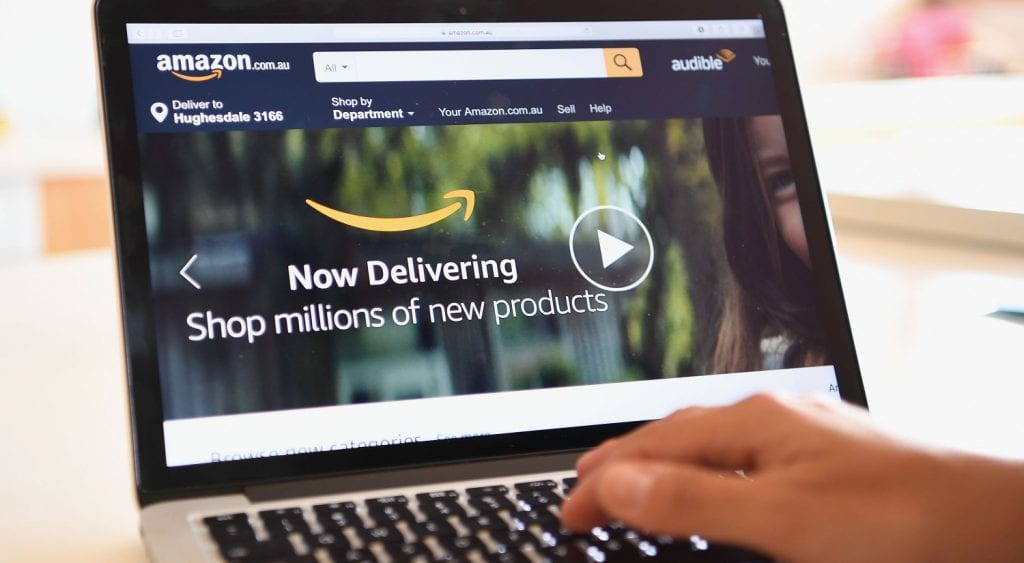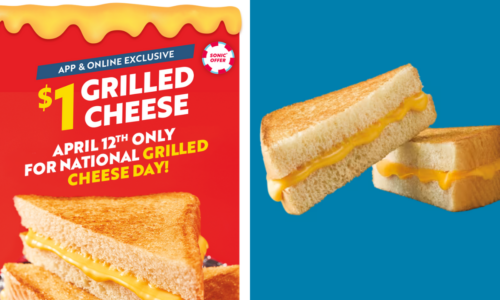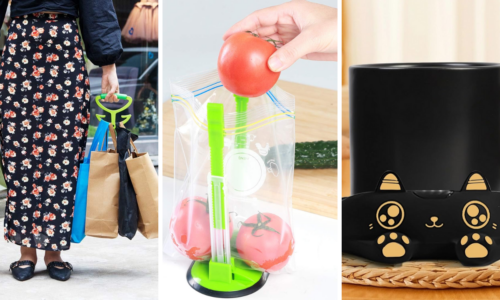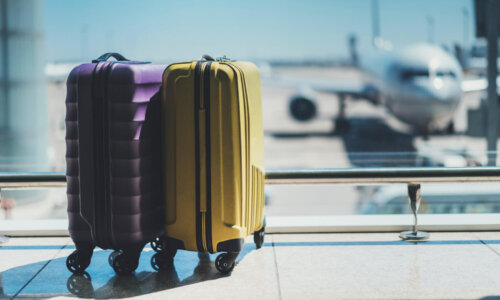The products and services mentioned below were selected independent of sales and advertising. However, Don't Waste Your Money may receive a small commission from the purchase of any products or services through an affiliate link to the retailer's website.
More and more these days, we rely on credit and debit cards to pay for everything. I, myself, rarely have cash on me. When I do, I always feel like I need to save it for when I “really need it.” That’s how rarely I have it. However, if you’re trying to get a handle on your finances and save money, that may not be a wise habit. That’s because studies have shown that you’re probably going to spend more when you opt for plastic over cold, hard cash.
If you want to start using paper money again in an effort to spend less, you should think about employing the envelope method. Instead of swiping a card whenever you make a purchase, the envelope method involves managing your spending the old-fashioned way—with cash.
This method isn’t new by any means—it was made popular by financial guru Dave Ramsey a while ago and is touted by tons of other financial experts. But it’s a solid way to get your finances in order, no matter where you’re at in life.
It’s so effective that it helped Kim Anderson, the brains behind the blog Thrifty Little Mom, pay off $93,000 in mortgage debt in just two years—wow!
“This system kept my overspending rear in line for two straight years when nothing else had worked in the past,” Anderson wrote on her blog. “You know what? It felt darn good to feel in control for once. It felt peaceful and empowering to know EXACTLY where our family’s hard earned money was going every single day!”
What Is It?
The envelope method is a tried-and-true budgeting method using some pretty low-tech tools: a pen, some white letter envelopes and cash.
Using this method, you’ll withdraw a fixed amount of cash from the bank every month or every pay period. You’ll stash this cash into envelopes with labels for every spending category in your life. Then, you’ll spend only what you’ve put into each envelope.
That’s it! It’s extremely simple.
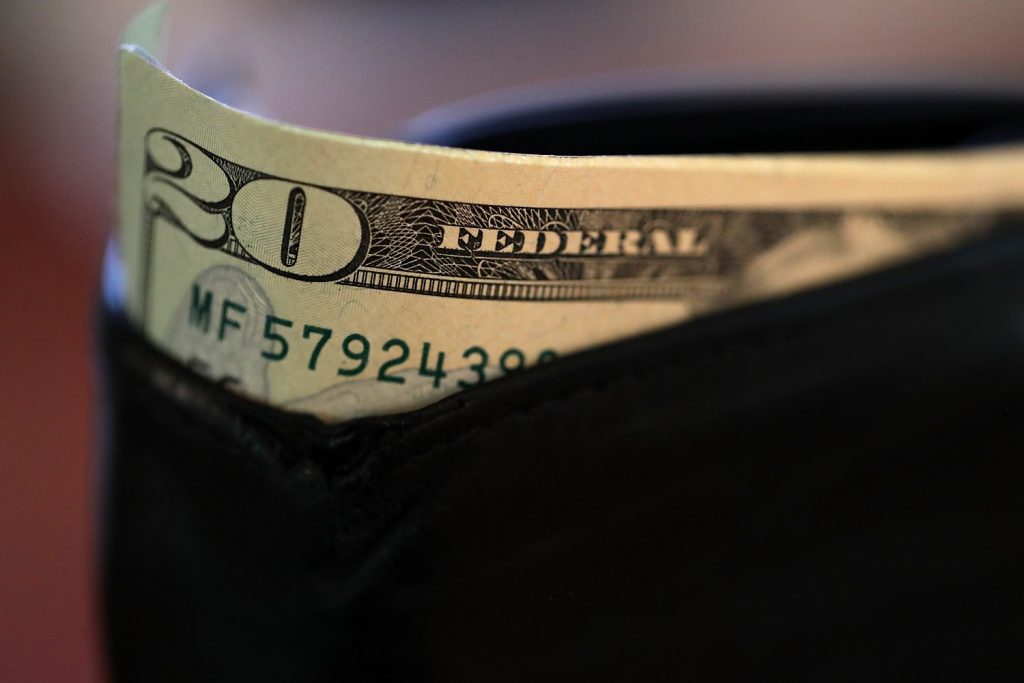
Why Does It Work?
Because you aren’t charging everything to your credit card and forgetting about it until the bill comes a month later, the envelope method makes it easier to stay on budget.
This method works because it prevents us from ignoring those little, everyday purchases we all make that can push us over our budget, according to Carlos Moreno of the Mobility Mentoring Center at Economic Mobility Pathways, a Boston nonprofit that serves low-income families. It’s a way to hold yourself accountable.
Each month, you’re essentially giving yourself a cash allowance for the various spending categories in your life. And once you’ve spent all the cash allotted for each category, you can’t spend any more. Unlike a credit card, which lets you spend until you reach the limit, the envelope method stops you from spending beyond a certain amount.
“What either makes or breaks a budget is the variable expenses. It’s the going out with friends here and there. It’s the $1.25 we’re giving to Redbox. It’s all these little things that add up,” Moreno told NerdWallet. “That’s where the envelope system is so effective. It shows you right then and there how much money is going into specific categories.”
How To Use Envelopes To Stay Under Budget
Before you start employing the envelope method, you need a clear picture of where your money goes each month. Sit down and make a list of your usual expenses, both fixed and variable. Examples include your mortgage, utility bills, the cell phone bill, the cable bill, groceries, entertainment and pet care.
From there, you should determine which expenses would make the most sense to be paid in cash.
For example, while it may make sense to leave your cell phone bill tied to your credit or debit card, you could choose to pay for dining out or entertainment (like going to the movies) with cash. Pick a few categories that you can definitively commit to managing with cash only.
Actually putting this plan into action is pretty simple. You don’t need to download any apps or make any spreadsheets. All you do is pull out a few envelopes and label them with the spending categories you have chosen (“Groceries” for one envelope, “Restaurants” could be another).
If you want to get really fancy about it, you can buy envelope sets that are made for this very purpose.
Then, set a budget for each category for an allotted time period. Go to the bank, take out that amount of cash, and place it in the right envelope. You can list your transactions on the back of the envelope and monitor your spending with a calculator.
Remember: What’s in each envelope is all you have to spend on that category. In other words, if you withdraw $200 for groceries, you’re not allowed to spend a penny more than that. Once your envelope is empty, it’s empty!
“Don’t forget: When your money is gone, it’s gone,” according to Dave Ramsey’s website. “If you want to go to the store but don’t have enough money, raid the fridge for leftovers. Do a pantry challenge! Dig through your pantry to see what you can find to make dinner without having to hit the grocery store. This is a great way to really get intentional about your spending!”
If you’re worried about carrying so much cash around daily, you don’t have to do that. Simply take out the money you’ll need each time you go out, and leave the rest of the envelope at home in a safe place.
An important caveat here: If it’s not obvious from the steps above, you’ll need to stop using your credit or debit cards to make this plan work. Of course, emergencies come up, but for the envelope method to really work, you should make every effort to stop using plastic until your spending is back under control.
How To Be Successful
Inevitably, you’re going to find yourself at the movies having forgotten to take the cash from your “Entertainment” envelope to pay for your ticket. Some people, like Ramsey, suggest turning the car around and going home—no envelope money means no spending for you!
But others suggest having a back-up plan in place. You could keep a few emergency dollars in your wallet for unexpected expenses, or if you’ve got really good self-control, your debit card. But remember to reimburse yourself from the right envelope when you get home!
And what about online purchases? After all, Amazon make the world go round these days.
Mike Timmermann, a personal finance blogger and writer for Clark.com, suggests creating a separate envelope for online purchases. Don’t put any money in it to start, however.
Make your online purchases as you usually would, paying with a credit or debit card.
Then, after you make an online purchase, Timmermann suggests taking money out of other envelopes, such as “Miscellaneous” or “Entertainment,” and transferring it to your empty “Online” envelope. When the month is up, take all the cash from the online envelope and deposit it into your bank account, he suggests.
There you have it! What do you think? Would you go (virtually) cardless in order to save money? Or does this method sound like too much trouble for you?
